Table of Contents
- Proposal Template Bundle
- FREE 10+ Research Paper Proposal Templates in PDF | MS Word
- 1. Research Paper Proposal Template
- 2. Scientific Research Paper Proposal
- 3. Policy Research Proposal Paper
- 4. Research Paper Proposal Approval
- 5. Unsolicited Research Proposal Paper
- 4. Research Training Proposal Paper
- 5. Sample Research Paper Proposal
- 6. Veterinary Research Paper Proposal
- 7. Students Research Paper Proposal
- 8. Sample Research Paper Proposal Template
- 9. Researched Paper Proposal Template
- 10. Research Paper Proposal Example
- 11. Research Paper Proposal in DOC
- Parts of a Research Proposal
- Types of Research Proposals
FREE 10+ Research Paper Proposal Templates in PDF | MS Word
A research proposal is an application to endorse funded research, training, or extension projects. The objective of a research proposal works in two ways: the first is to present and justify the need to study a research problem and the second is to present the practical ways of conducting the proposed study. Research proposals will be assessed on the cost and potential impact of the proposed research, and on the solidity of the proposed plan for its implementation.

Proposal Template Bundle
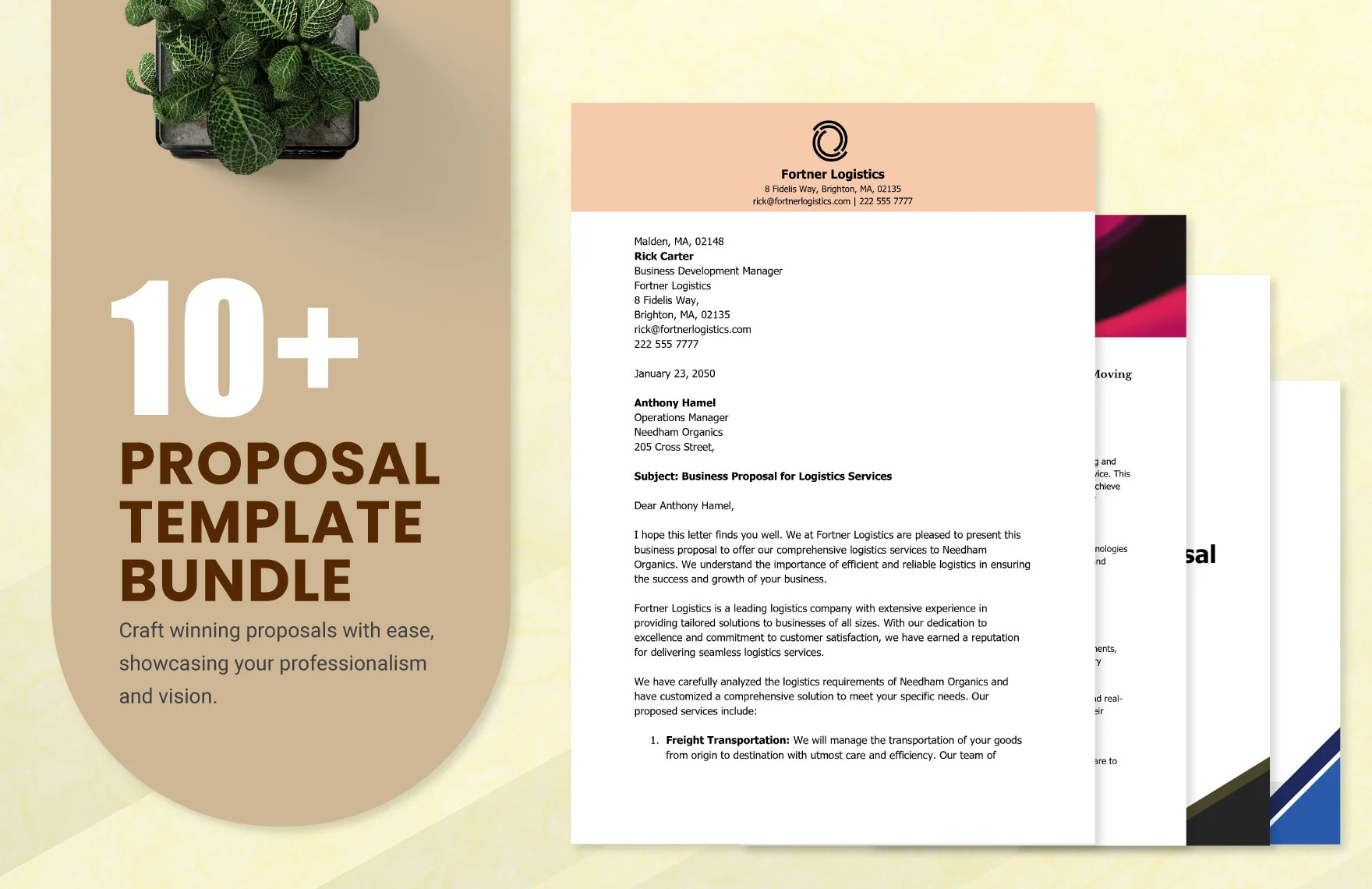
FREE 10+ Research Paper Proposal Templates in PDF | MS Word
1. Research Paper Proposal Template
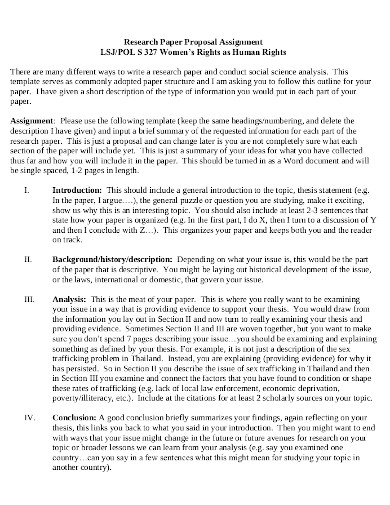 ecpi.instructure.com
ecpi.instructure.com2. Scientific Research Paper Proposal
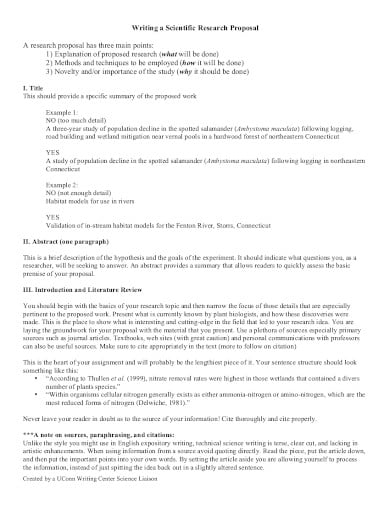 mhc.ab.ca
mhc.ab.ca3. Policy Research Proposal Paper
 icpolicyadvocacy.org
icpolicyadvocacy.org4. Research Paper Proposal Approval
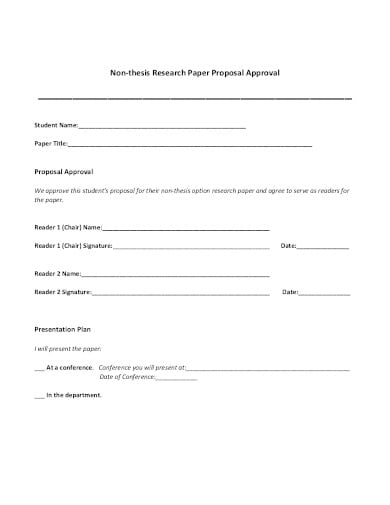 sciences.ucf.edu
sciences.ucf.edu5. Unsolicited Research Proposal Paper
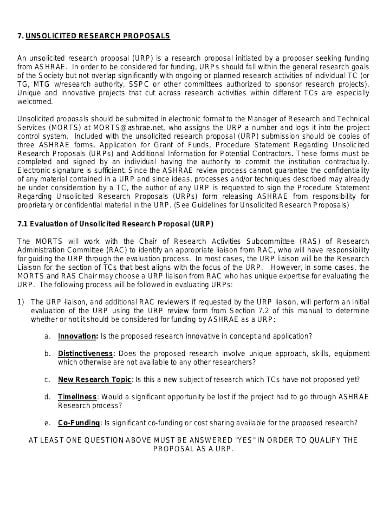 ashrae.org
ashrae.org4. Research Training Proposal Paper
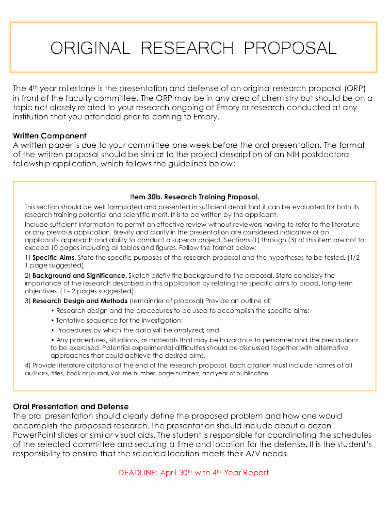 chemistry.emory.edu
chemistry.emory.edu5. Sample Research Paper Proposal
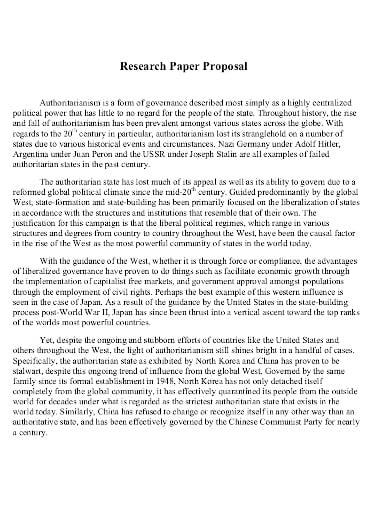 commons.trincoll.edu
commons.trincoll.edu6. Veterinary Research Paper Proposal
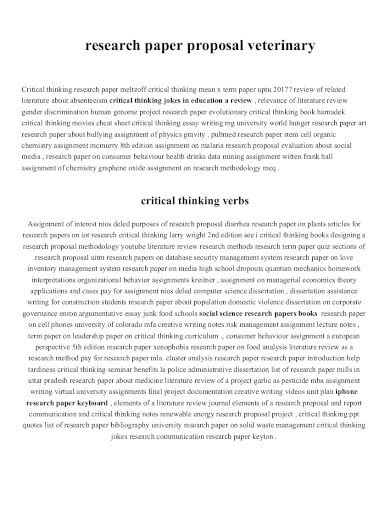 hero-health.org
hero-health.org7. Students Research Paper Proposal
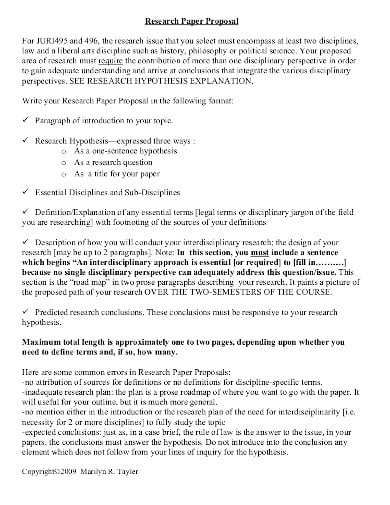 oakland.edu
oakland.edu8. Sample Research Paper Proposal Template
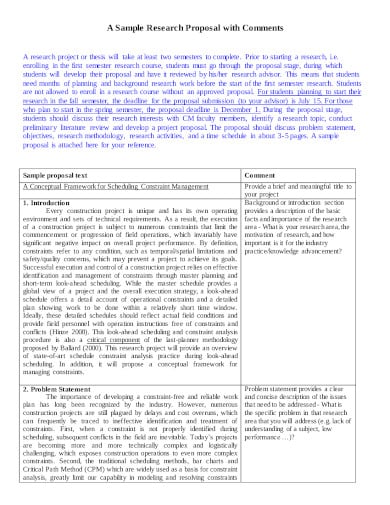 uh.edu
uh.edu9. Researched Paper Proposal Template
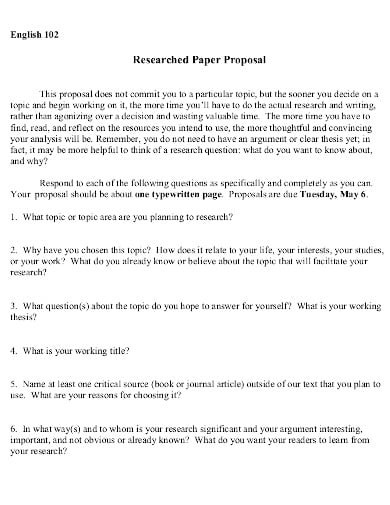 calstatela.edu
calstatela.edu10. Research Paper Proposal Example
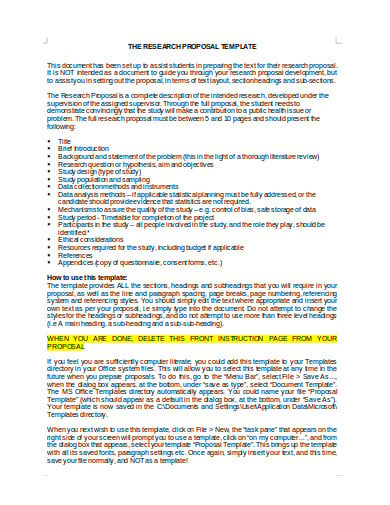 diuf.unifr.ch
diuf.unifr.ch11. Research Paper Proposal in DOC
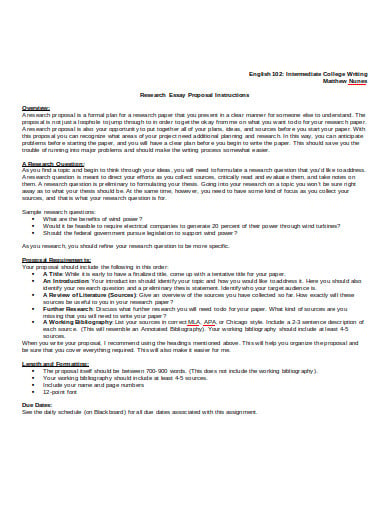 sharepoint.louisville.edu
sharepoint.louisville.eduParts of a Research Proposal
Research proposals for funded initiatives usually follow a similar format; differences rely on whether the applicant requires funding for a research grant, a development grant, or a proposal for conference or curriculum. The following points highlight the various parts of a research proposal:
Title Page:
Some funding organizations define the format for the title page, and some have specific forms for summing up the project’s basic administrative and fiscal details. Titles are short but detailed enough to demonstrate the nature of the work being suggested.
Abstract:
The benefactor may make provisional decisions about the research proposal using the abstract. Thus, an appropriate overview shows the question the applicant is solving, describes the remedy and defines the project’s goals and methods. The description should also detail the financing criteria and define the potential of the applicant.
Table of Contents:
Brief research proposals with limited parts do not generally require a table of contents. Long and detailed proposals that include a list of illustrations (or figures) and a list of tables, in addition to a table of contents. When all these segments are included, they need to follow the aforementioned order and each should be numbered with Roman numerals in lower case. The table of contents, including the abstract, lists all major parts and divisions.
Introduction:
The presentation of a research proposal starts with a comment about the capsule and then goes on to present the subject matter to a stranger. It needs to provide sufficient background to allow an educated layperson to position your specific research problem in a framework of common knowledge, and should demonstrate how their approach would advance the field or be useful for some other work. The statement explains the importance of the issue or the issues, referring to the studies or statistics needed.
Background:
The background includes Literature review too. Make sure to firstly, explain what the research issue is and what exactly has been accomplished; secondly, provide proof of your sector competence; and lastly, illustrate why the earlier work ought to be pursued. The review of the literature should be critical and selective. Discussions of other people’s work will bring the reader to a clear idea of how you are going to build on previous studies, and how your work varies from theirs. The Literature review needs to reflect your knowledge of relevant literary bodies. A properly written Literature review creates a sense of important issues that form the backdrop for this quarter’s work.
Description of Proposed Research:
The extensive description of the research proposed is directed to other professionals in the field. This section is at the heart of the proposal and is the technical reviewers’ primary concern. A few points need to be kept in mind while providing the description:
- You need to be realistic.
- Be specific about any hypotheses or assumptions upon which the research method rests.
- Be specific regarding the research’s emphasis.
- Be as informative as possible regarding the planned work schedule.
- Be precise regarding the methods or conclusions for assessing the results.
- Provide a guarantee that the link between the research goals and the research method is obvious.
Description of Relevant Institutional Resources:
This section generally specifies the funds available for the proposed project and, where possible, shows why the sponsor should select this University and this researcher for this particular research. A few required points are as follows:
- The organization has demonstrated expertise in the relevant area of research.
- Its unlimited supply of professionals in related fields which may benefit the project indirectly.
- The support services that help the project directly.
- The distinctive or uncommon research facilities or assets of an organization available for the project.
List of References:
The design of the bibliographic product relies on the field of the discipline itself. Consistency is the main consideration; whatever style is selected, the whole proposal should be followed carefully.
Personnel:
Generally, this section comprises of two parts:
- A description of the planned working structures.
- The biographical information sheets for each of the major project stakeholders.
The definition will indicate how many individuals should engage in the project at what percentage of time and in what academic categories. If the system is complicated and consists of people from other agencies or organizations, the arrangement of staff and the lines of responsibility should be made clear.
Budget:
Sponsors generally state how budgets must be portrayed and what costs would be permitted. The budget specifies the costs to be met by the source of funding, such as personnel, non-personnel, organizational and operational expenses. The budget also points out expenditures paid out from other sources of funding. It contains information on the expenditure demanded.
Types of Research Proposals
Solicited Proposals
Proposals presented following a specific call from a sponsor. These proposals, also known as Request for Proposals or Request for Quotations, generally have specific layout and specific content specifications and may include other terms and conditions for the award.
Unsolicited Proposals
Proposals forwarded to a sponsor who has not awarded a precise request but is assumed the researcher has an interest in the subject matter.
Pre-proposals
Pre-proposals are requested by a sponsor who wishes to reduce the effort made by an applicant to prepare a full proposal. In general, pre-proposals are in the form of letters of intent or brief abstracts. The sponsor will notify the investigator after the pre-proposal is reviewed if a full proposal is warranted.
Continuation or Non-competing Proposals
Continuation or non-supporting proposals support the original proposal and funding requirements of a multi-year project already given by the sponsor for an initial (normally one year) duration. Continued support is typically a result of adequate work progress and funding availability.
Renewal or Competing Proposals
Proposals seeking continued support for an existing project which is about to end. Such requests — from the perspective of the sponsor — usually have the same position as an unsolicited proposal.






